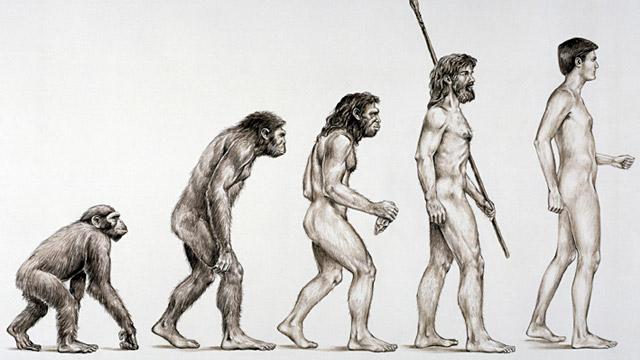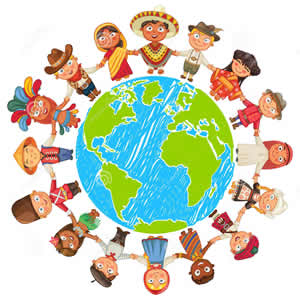Stamp: Mapuche culture, Andean vertical loom (Argentina 2009)
Mapuche culture, Andean vertical loom (Argentina 2009)
01 January (Argentina ) within release Archaeological artifacts goes into circulation Stamp Mapuche culture, Andean vertical loom face value 50 Argentine centavo
| Stamp Mapuche culture, Andean vertical loom in catalogues | |
|---|---|
| Gz (Cefiloza): | Gz: AR 3094Aa |
Stamp is vertical format.
"U" of Republica with accent. Safety mark down. Very fine screened printingAlso in the issue Archaeological artifacts:
- Stamp - Mbayà culture, basket face value 1;
- Stamp - Noroeste culture, Musical pipes face value 25;
- Stamp - Belén culture, funerary urn face value 5;
- Stamp - Mapuche culture, Andean vertical loom face value 50;
- Stamp - Belén culture, funerary urn face value 5;
- Stamp - Mbayà culture, basket face value 1;
- Stamp - Mapuche culture, ritual drum face value 2;
- Stamp - Belén culture, funerary urn face value 5;
- Stamp - Mbayà culture, basket face value 1;
- Stamp - Mbayà culture, basket face value 1;
- Stamp - Mapuche culture, Andean vertical loom face value 50;
- Stamp - Mapuche culture, Andean vertical loom face value 50;
- Stamp - Mapuche culture, funerary urn face value 5;
- Stamp - Mapuche culture, Andean vertical loom face value 50;
- Stamp - Mapuche culture, Andean vertical loom face value 50;
- Stamp - Mapuche culture, ritual drum face value 2;
- Stamp - Noroeste culture, musical pipes face value 25;
- Stamp - Noroeste culture, Musical pipes face value 25;
- Stamp - Mapuche culture, Andean vertical loom face value 50;
- Stamp - Mapuche culture, ritual drum face value 2;
- Stamp - Belén culture, funerary urn face value 5;
- Stamp - Mapuche culture, ritual drum face value 2;
- Stamp - Mapuche culture, Andean vertical loom face value 50;
- Stamp - Mbayà culture, basket face value 1;
- Stamp - Mbayà culture, basket face value 1;
- Stamp - Mbayà culture, basket face value 1;
- Stamp - Mapuche culture, ritual drum face value 2;
Stamp Mapuche culture, Andean vertical loom it reflects the thematic directions:
Anthropology is the scientific study of humanity, concerned with human behavior, human biology, cultures, societies, and linguistics, in both the present and past, including past human species. Social anthropology studies patterns of behavior, while cultural anthropology studies cultural meaning, including norms and values. A portmanteau term sociocultural anthropology is commonly used today. Linguistic anthropology studies how language influences social life. Biological or physical anthropology studies the biological development of humans
Archaeology or archeology[a] is the study of human activity through the recovery and analysis of material culture. The archaeological record consists of artifacts, architecture, biofacts or ecofacts, sites, and cultural landscapes. Archaeology can be considered both a social science and a branch of the humanities. It is usually considered an independent academic discipline, but may also be classified as part of anthropology (in North America – the four-field approach), history or geography
A culture is a way of life of a group of people--the behaviors, beliefs, values, and symbols that they accept, generally without thinking about them, and that are passed along by communication and imitation from one generation to the next. Culture is symbolic communication. --the behaviors, beliefs, values, and symbols that they accept, generally without thinking about them, and that are passed along by communication and imitation from one generation to the next. Culture is symbolic communication.
Textile is an umbrella term that includes various fiber-based materials, including fibers, yarns, filaments, threads, and different types of fabric. At first, the word "textiles" only referred to woven fabrics.However, weaving is not the only manufacturing method, and many other methods were later developed to form textile structures based on their intended use. Knitting and non-woven are other popular types of fabric manufacturing. In the contemporary world, textiles satisfy the material needs for versatile applications, from simple daily clothing to bulletproof jackets, spacesuits, and doctor's gowns




